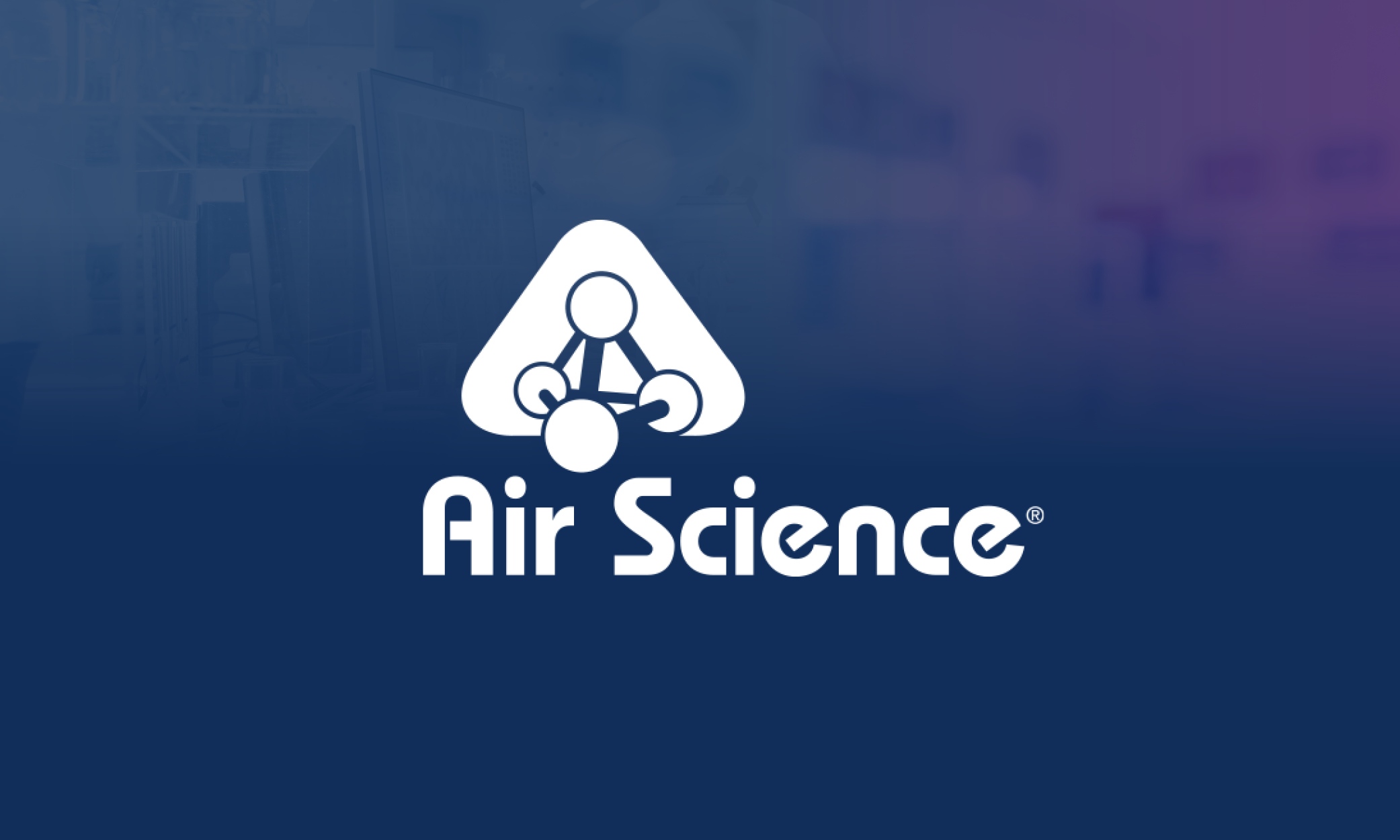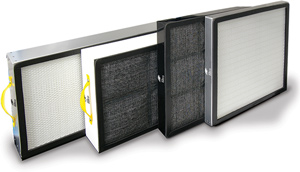
What is Activated Carbon?
Activated carbon includes a wide range of amorphous carbon-based materials prepared to exhibit a high degree of porosity and an extended interparticulate surface area. These qualities give activated carbon excellent adsorbent characteristics that make carbon very useful for a wide variety of processes including filtration, purification, deodorization, decolorization, purification and separation.
The effectiveness of activated carbon as an adsorbent is attributed to its unique properties, including large surface area, a high degree of surface reactivity, universal adsorption effect and pore size.
How Does an Activated Carbon Filter Work?
Activated carbon filters use the millions of micropores to create an exponentially large surface area to remove harmful chemicals through adsorption. During the activated carbon adsorption process, compounds in the contaminated air react with the carbon to stick to the surface area, effectively removing these contaminants from the air.
Adsorption vs. Absorption
Carbon air filters remove pollutants from the air with a process known as adsorption. Note that this is different from absorption. In absorption, the substance you want to remove (let’s say water) is absorbed into the structure of the absorbent (like a sponge), but it doesn’t become a part of the absorbent on a molecular level. Therefore, when you absorb water with a sponge, the water does not become chemically bonded to the sponge. It just fills in the spaces inside it.

Carbon filters on the other hand use ad-sorption, not ab-sorption. The key difference here is that during adsorption the pollutants stick to the outside of the carbon. Whereas with absorption, the pollutants are absorbed inside the structure itself, as with the sponge. The main principle on which the filtration of gas molecules is based is the concept of adsorption. Two main processes by which adsorption takes place are physical adsorption and chemisorption.
Carbon filters are comprised of many granules, each in itself a lattice of carbon atoms connected to each other. The activation process is so important because the increase in surface area gives gases a greater area to stick. When a molecule of some gaseous substance comes through the carbon, it can stick to the surface of the bed, provided there is an open adsorption site. The process of adsorption allows carbon air filters to filter organic chemicals (gases) from the air.
Air Science® carbon filters are based on enhanced, activated carbon granule formulations from specially selected, naturally occurring raw material superior to wood or other organic sources.
Our carbon is treated to attain the proper porosity and aggregate surface area and to react with several ranges of aerosolized chemicals moved through the filter by an air handling blower. Download our Filter Integrity ebook to learn why do-it-yourself replacement carbon filters can endanger your lab and personnel safety.
Learn more about our Carbon Filtration Technology and download our carbon filtration white paper.
Did You Know?
Activated carbon is porous, inexpensive and readily available for use as adsorbents, furnishing a large surface area to remove contaminants. It has more useful surface area per gram than any other material available for physical adsorption. In fact, a teaspoon of activated carbon has more surface area than a football field.
Filtco Filters specialize in replacement carbon filters, high-performance HEPA/ULPA filters and maintenance supplies and services for Air Science and all major ductless hood brands and models. For a complete online directory and online ordering source visit FiltcoFilters.com.